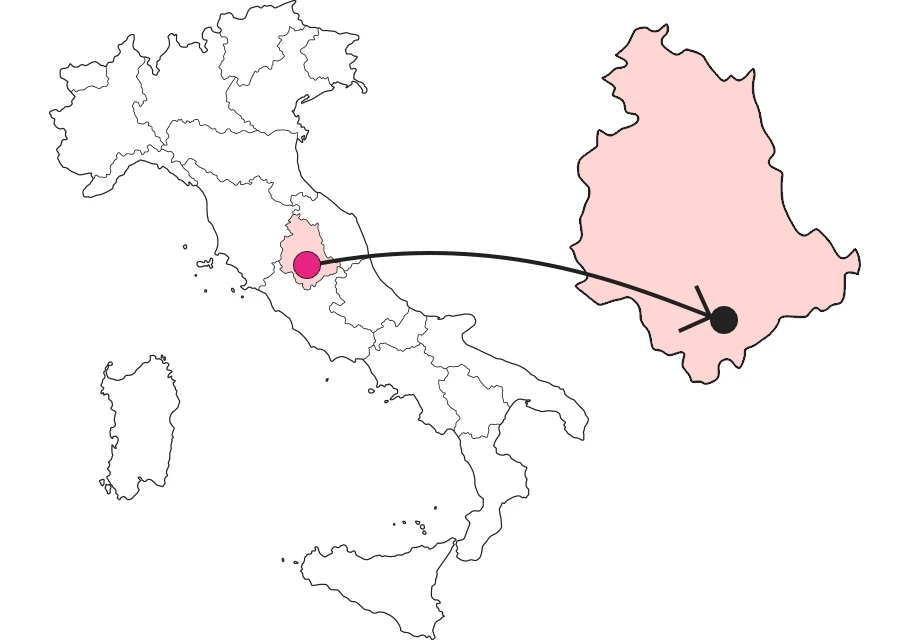












The Cathedral of Terni
The spiritual heart of Terni, where history and mystery meet



Where

What it is and where it is
Piazza Duomo, Terni's elegant city lounge, is graced by the cathedral of Santa Maria Assunta, the Duomo, to be precise. Its harmonious facade is introduced by a majestic 17th-century portico with balustrade surmounted by statues of St. Valentine and seven other city bishop saints. Inside, a Latin-cross structure features three naves punctuated by pillars and several chapels, including that of the Misericordia, because it features an image of Our Lady of Mercy attributed to Carlo Maratta, one of the most important exponents of seventeenth-century Roman classicism.
Why it is special
The original furnishings of the cathedral dated back to the 1600s, but little remains of those treasures, which disappeared due to Napoleonic dispersions and the bombings of World War II. Precisely these brought to light in certain places the remains of the ancient Romanesque structure, such as a part of the interior façade with rose window and two mullioned windows. One of the survivors is the organ, whose pipes are harnessed in a series of golden branches. Built by Luca Neri in 1647, documents found in the municipal archives attribute its design to none other than Gian Lorenzo Bernini.
Not to be missed
One of the most striking rooms is the crypt, which we can trace back to the 6th century, a time when the holy bishop Anastasius worked in Terni. His tomb is preserved here and induces us to think that it was his death that kicked off the millennial life of this place, already demonstrated by the presence -not far away- of the ancient 1st-century Faustian Amphitheater. The structure of the crypt and the presence of apse and windows inside it suggest that in the 11th century the building was not buried and thus constituted the church proper.
A bit of history
According to tradition, what is now the crypt was built on the remains of an ancient Roman building, and at that time it represented the actual church. By the 9th century the first church was so buried that a second Romanesque-style building was built above it. Numerous interventions were carried out over the centuries to adapt the church to changing tastes and needs: in the 15th and 16th centuries substantial enlargement works were carried out, but the layout we can admire today was built in the 17th century. A century later it was the turn of the oriental-style bell tower.
Curiosity
Under the portico we notice a slab, above the small lozenge window to the left of the central portal, engraved with the footprint of a shoe. The interpretation of this strange find, made during restoration work in the early twentieth century, has given rise to outlandish theories. The most credited, though unverified, is related to regulations issued in 1444 to curb the climate of low morality. The size of the heel that women were allowed to wear was engraved on the slab. Within the central tripartition of the footprint, a vertical line eight centimeters long indicates the four toes imposed by the regulations, under penalty of a fine of half a gold ducat.
Enter the Map of Italy's Undiscovered Wonders and find treasures where you least expect it... Inspire, Recommend, Share...
Contacts
The Map thanks:
In the Community
Enter the Map of Italy's Undiscovered Wonders and find treasures where you least expect it... Inspire, Recommend, Share...
Where

Contacts

